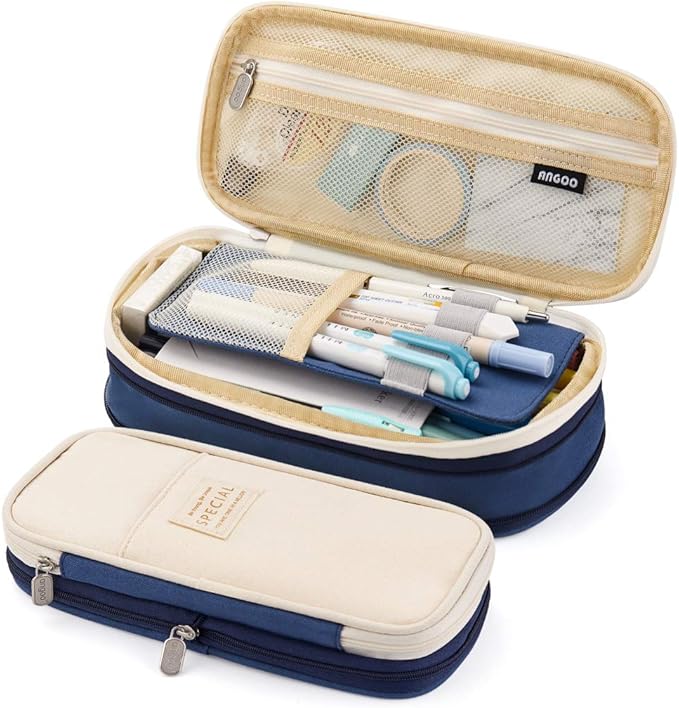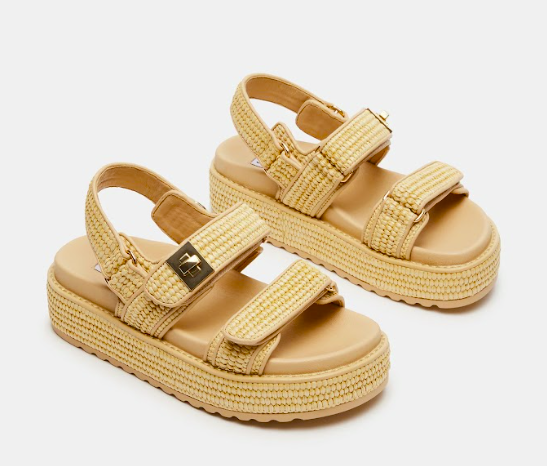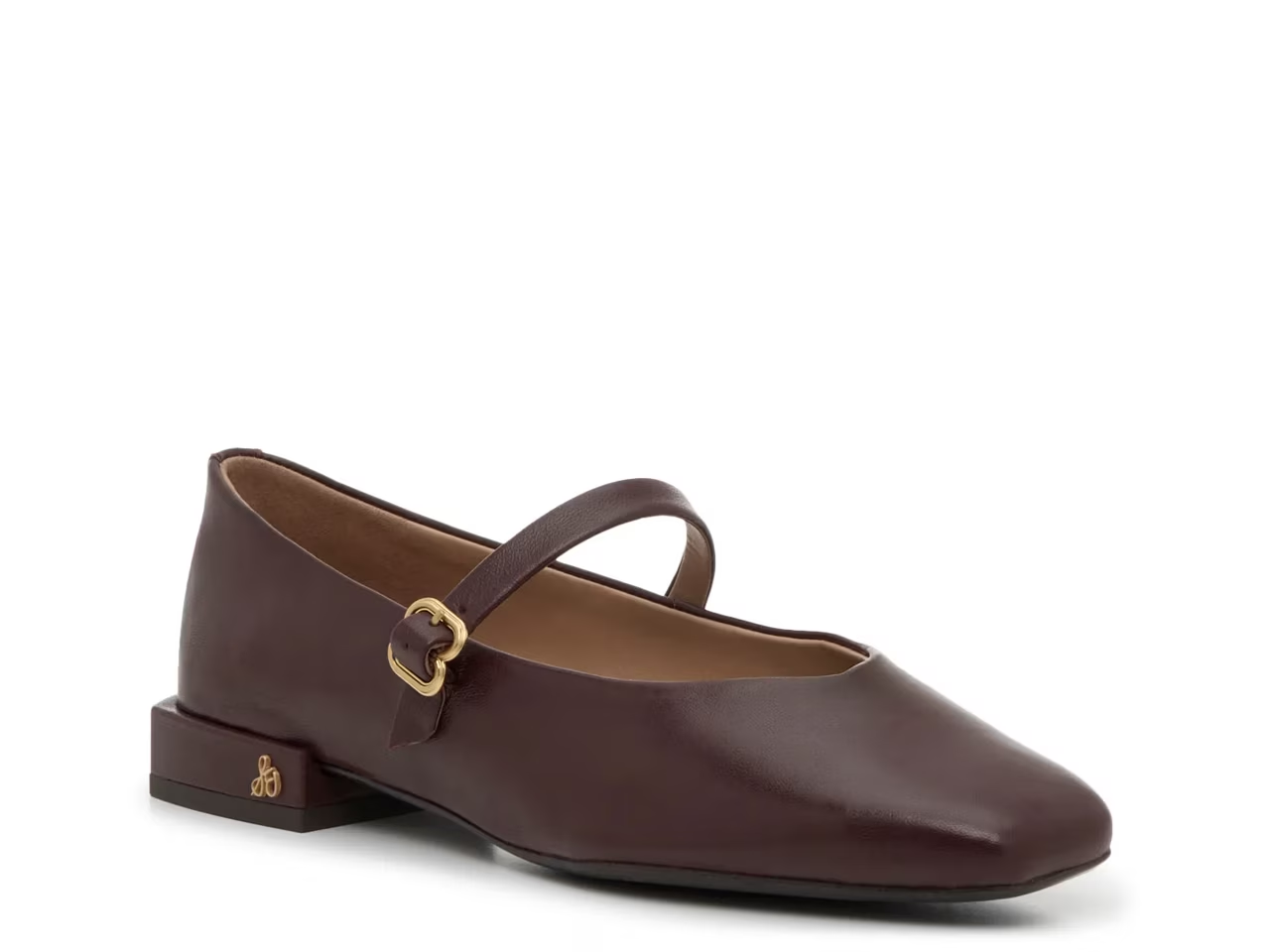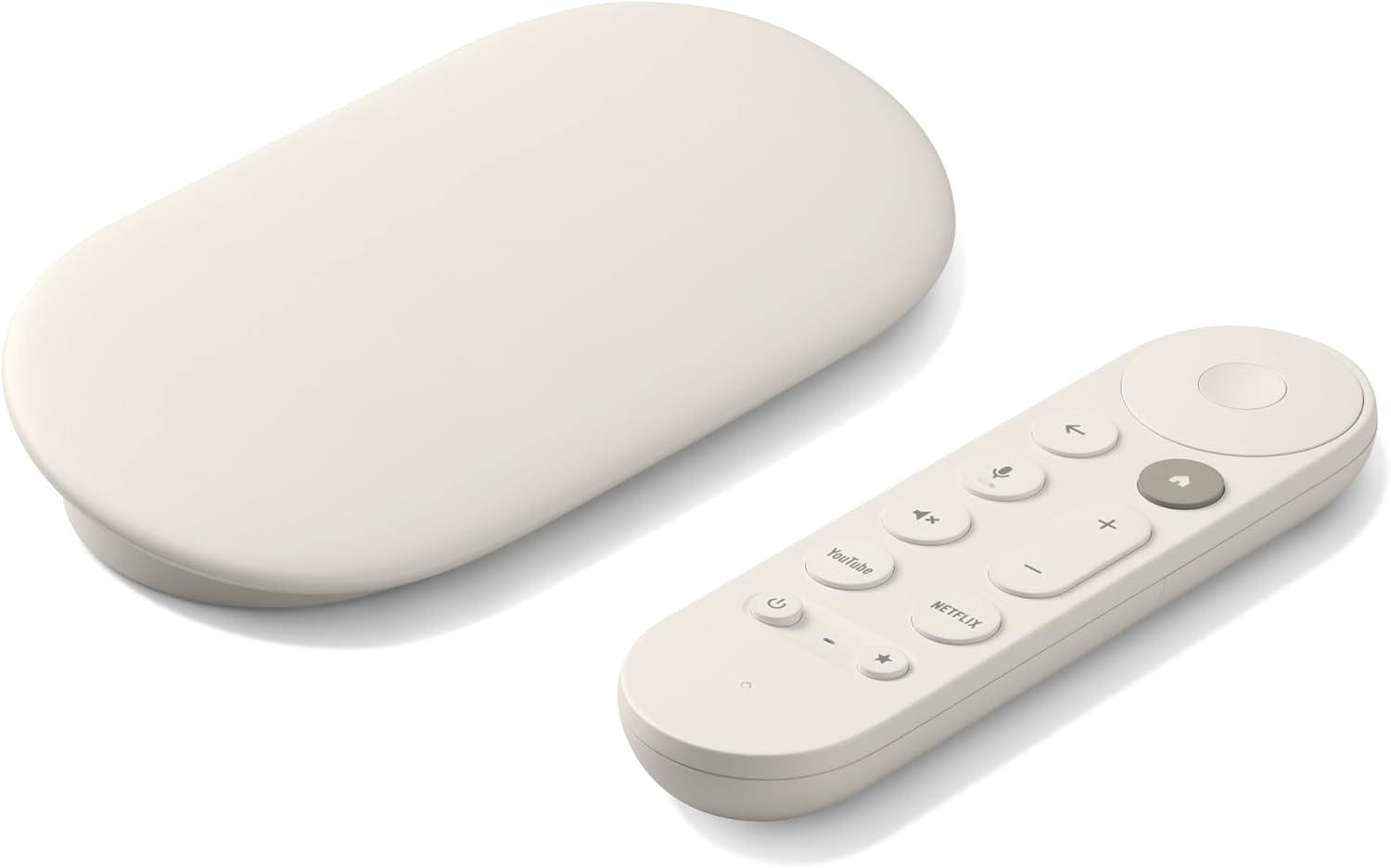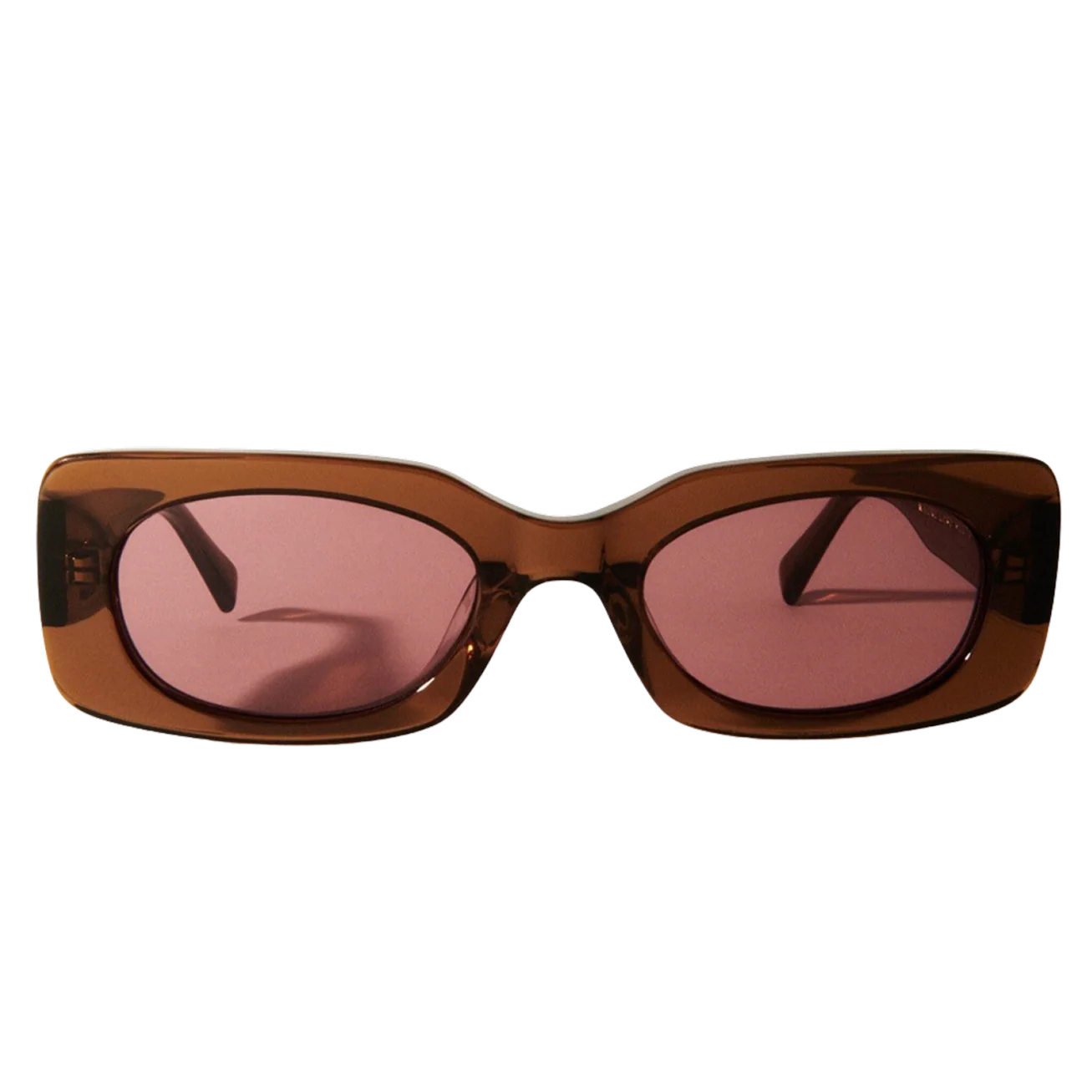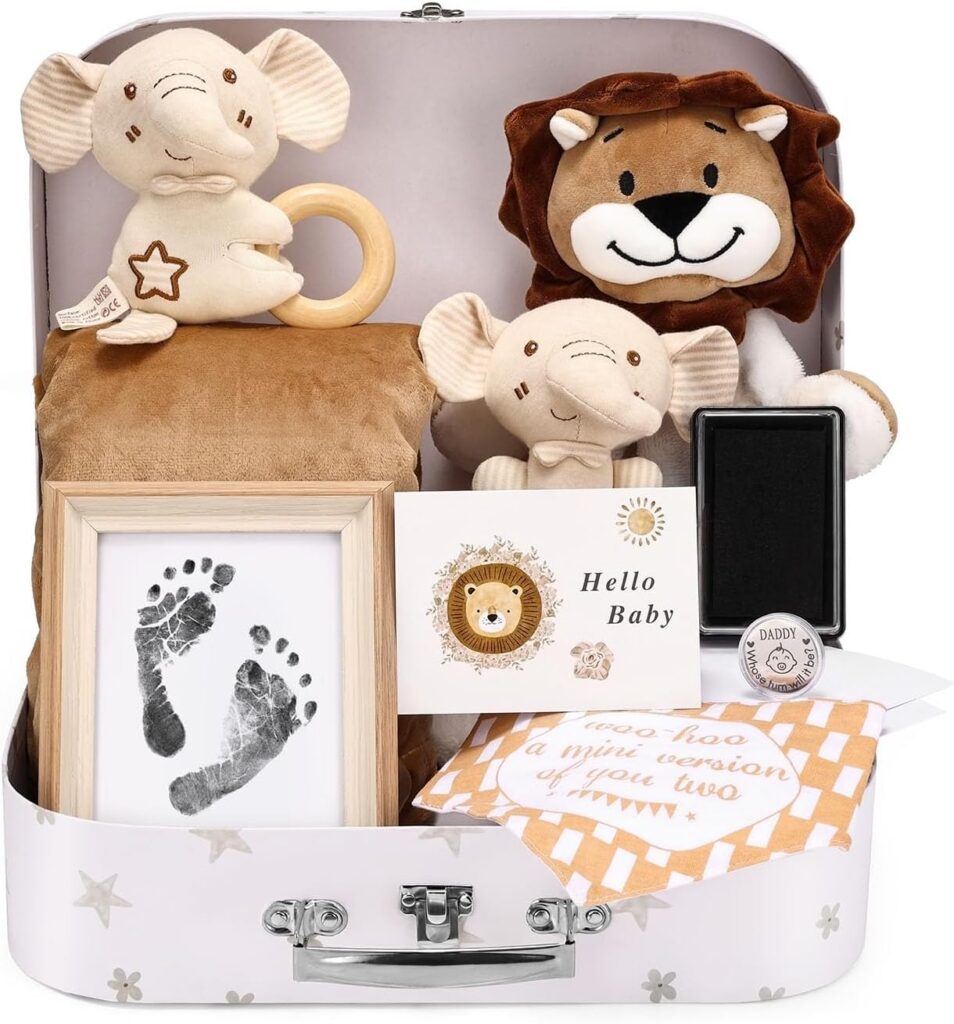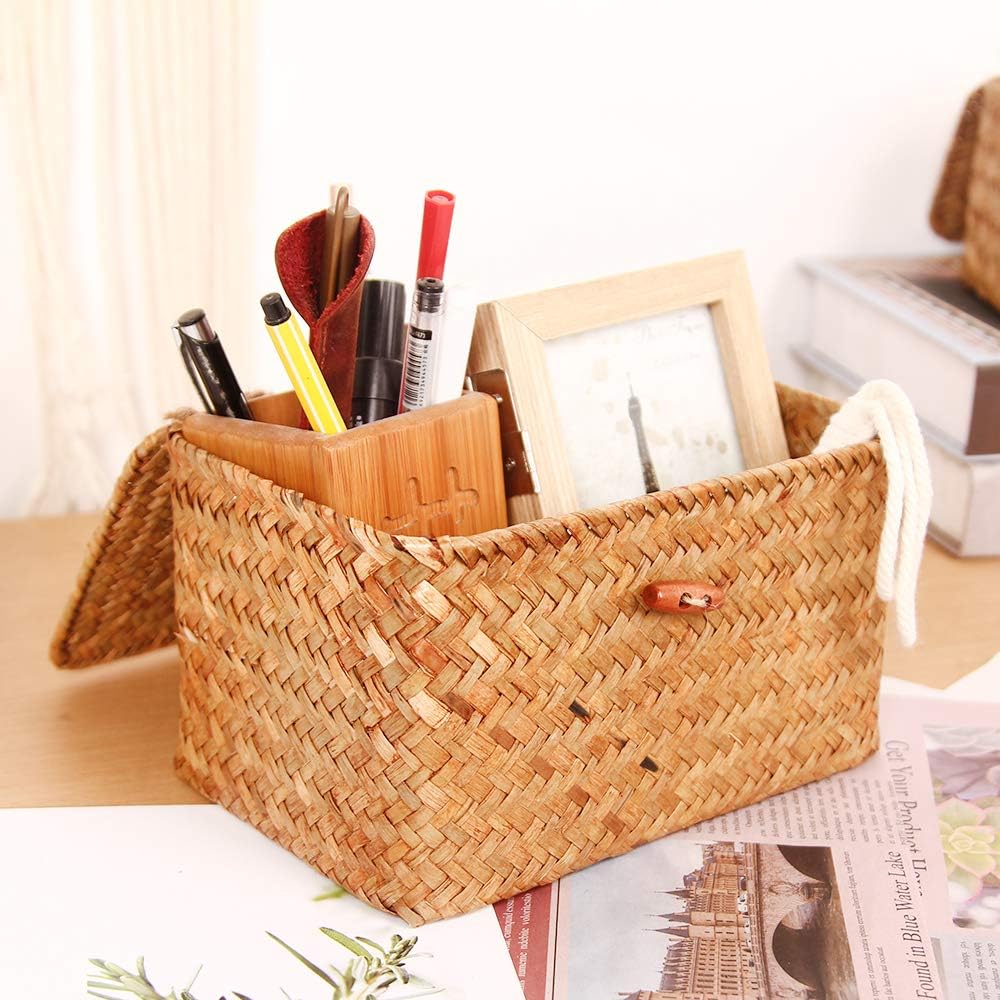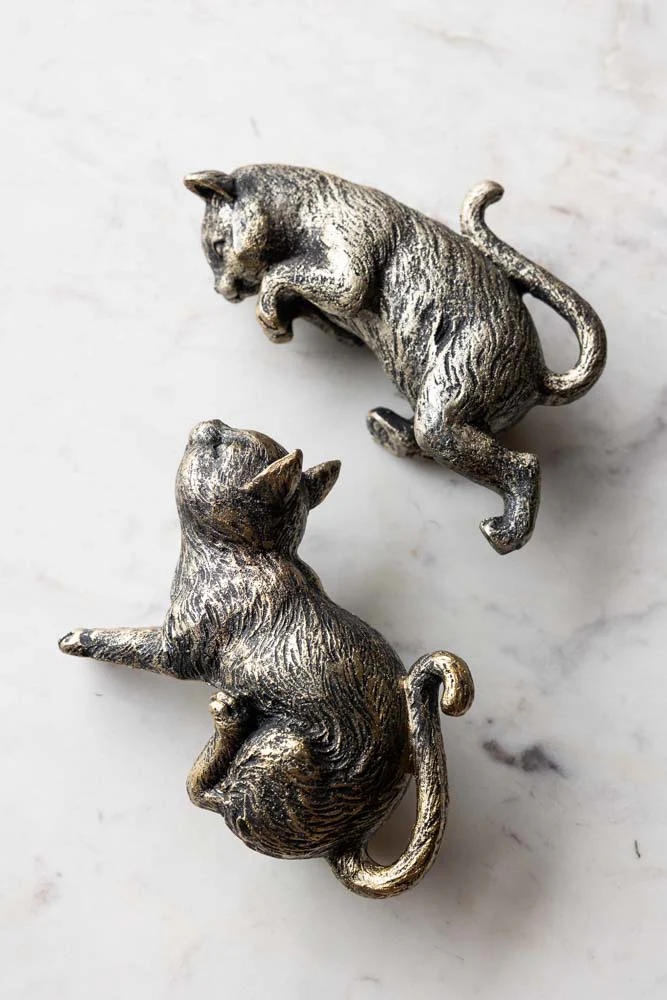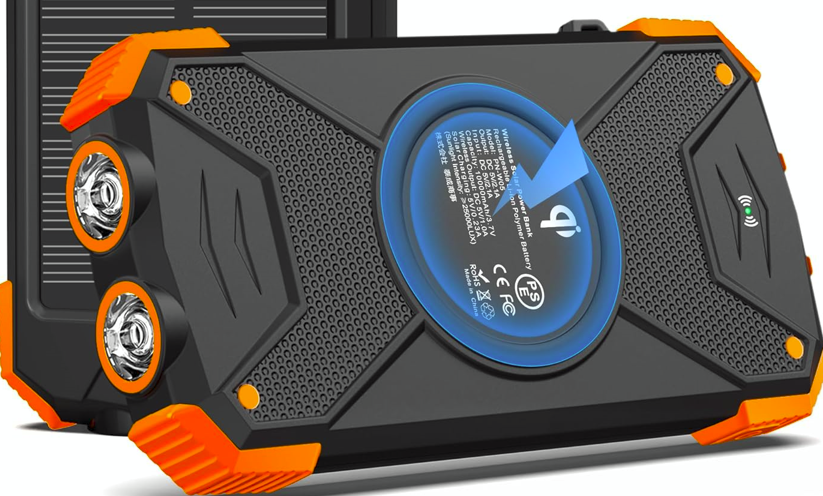Some school days run on coffee and momentum; the best ones run on preparation. When your tools are labeled, visible, and easy to reach, you save micro-moments that add up to calmer classes, cleaner notes, and less desk clutter. In this article, we’ll map a practical system for building a high-capacity pencil kit that fits a full week of classes, exam days, and creative sessions—without turning your backpack into a jumble.
In this article, you’ll learn how to structure your case into fast-access and deep-storage zones, how to choose pens and accessories that earn their place, and how to adapt the layout for exams, art days, or group projects. We’ll use the design cues and capacity ideas inspired by EASTHILL Big Capacity Pencil Pen case to show how a thoughtfully arranged pouch can become your portable desk.
Shop EASTHILL Big Capacity Pencil Pen case
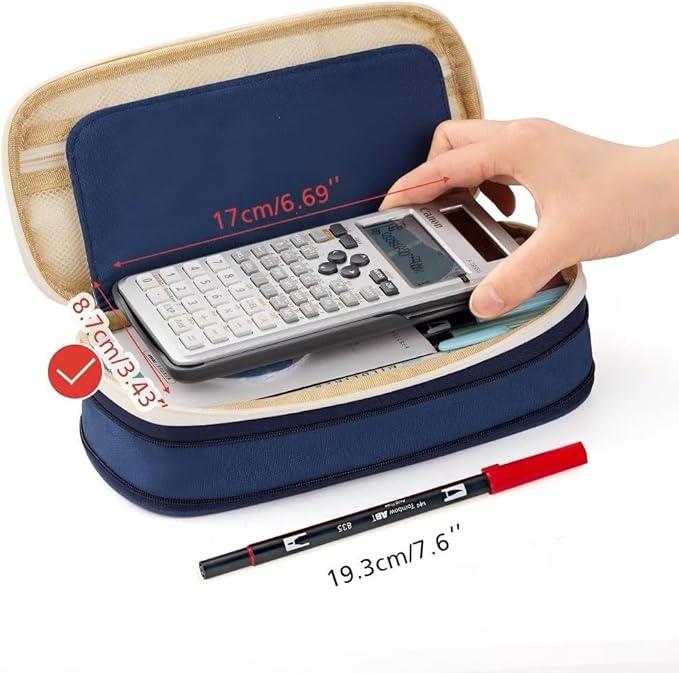
Why Capacity + Layout Beats “Cute but Tiny”
A pencil case that looks good but hides everything in one pocket is a time thief. The secret is a high-capacity shell with internal structure. Think: a wide-opening top zip, a front flap for quick-grab pens, mesh pockets for small items, and a main cavity for bulky tools. With a layout like EASTHILL Big Capacity Pencil Pen case, you create a “home” for every tool, which means your learning time isn’t spent rummaging.
Anatomy of a High-Function Pencil Case
Let’s break the interior into zones so your hands always know where to go:
1) Quick-Access Rail (Front Flap): Park your top three everyday pens here—your main black/blue, a color for headings, and a highlighter. The whole point is zero decision fatigue.
2) Mesh Logic Pockets: One for a 15 cm ruler and sticky tabs; one for erasers and sharpeners; one for USB sticks and paper clips. Mesh keeps visibility high.
3) Deep Storage (Main Compartment): This is for the heavier hitters—dual-tip markers, correction tape, scissors, glue stick, calculator, even a compact stapler. A wide-mouth opening (a design style seen in EASTHILL Big Capacity Pencil Pen case) lets you see the floor of the pouch at a glance.
4) Floating Pouches (Optional): Slim zippered sleeves for flashcards or exam-only tools. They slide in and out without disturbing the core layout.
Build Your Daily Loadout (And Stop Overpacking)
Think in roles, not brands. Your everyday kit needs:
- Writing Trio: 2× black gel/ball pens, 1× blue, 1× pencil with spare leads.
- Emphasis Set: 2 highlighters (one warm, one cool), 2 fineliners for headings.
- Fix & Measure: Small metal or 15 cm plastic ruler, correction tape, eraser, mini sharpener.
- Utility: Sticky tabs, mini scissors, glue stick, paper clips, USB.
- Math/Science Days: Compact calculator (or graphing model if allowed), spare batteries.
If you can’t remember the last time you used a tool, demote it to a desk drawer. The capacity of EASTHILL Big Capacity Pencil Pen case lets you carry more—but the goal is carrying smarter.
Shop EASTHILL Big Capacity Pencil Pen case

The 10-Second Pack: A Reset Ritual You’ll Actually Keep
Before you leave class or the library, run this tiny checklist:
- Return the Writing Trio to the quick-access rail.
- Cap highlighters/fineliners and drop them into the same side pocket every time.
- Check eraser + correction tape + stickies—if one is missing, restock from your backpack pocket.
- Zip fully. A half-zipped case creates backpack chaos.
This 10-second habit makes the next session effortless—and protects your notes from stray ink caps.
Exam Mode: Streamlined, Compliant, Calm
Exams demand a leaner kit and often have rules about transparent pouches or permitted tools. Use your floating pouch as your “exam capsule”:
- Two approved pens + 2 spare.
- One pencil + spare leads (or two pencils pre-sharpened).
- Ruler, eraser, non-programmable calculator (if allowed), clear sticky tabs for allowed bookmarking.
On exam day, swap your daily pouch for the capsule, or place the capsule at the top of EASTHILL Big Capacity Pencil Pen case so it’s the first thing you pull out. Less to think about, more to write.
Shop EASTHILL Big Capacity Pencil Pen case
Art & Project Days: Scale Up Without Mess
Creative assignments require bulk supplies—markers, water brush pens, washi tape, glue rollers. The trick is to let your main case remain the “brain,” not the whole art store. Keep the Writing Trio and utilities inside EASTHILL Big Capacity Pencil Pen case, and add a secondary tote or zip folio just for art supplies. That way, your everyday organization stays intact, and you won’t lose your favorite pen under a pile of markers.
One Hybrid Block (Bullets + Guidance): The “No-Dig” Layout
Use this to stop rummaging for good:
- Top Rail = Daily Pens: The ones you touch every class live up front.
- Left Mesh = Measure & Tabs: Ruler, stickies, and flags.
- Right Mesh = Erase & Fix: Eraser, sharpener, correction tape.
- Main Compartment = Bulky Tools: Calculator, scissors, glue, extra markers.
- Floating Pouch = Special Missions: Exam capsule or art-day extras.
When in doubt, label the mesh pockets with tiny tags. The few minutes you spend labeling save hours across the term.
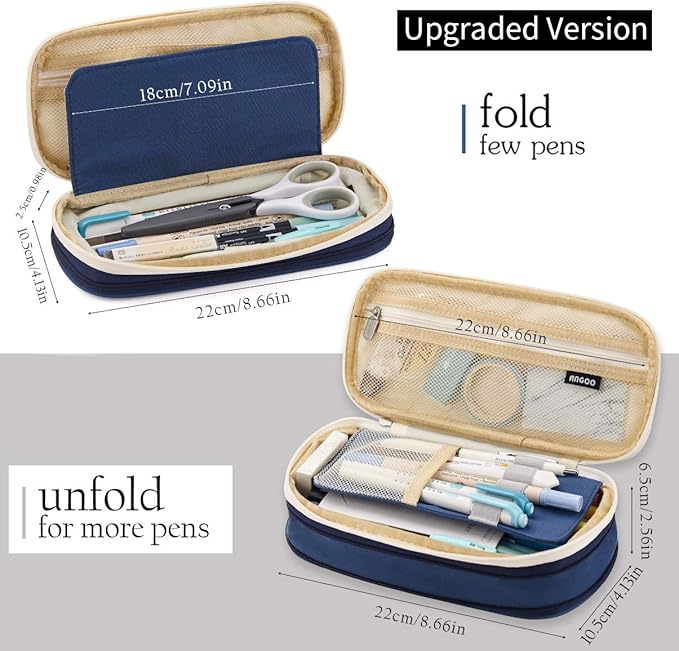
Durability & Care: Make Your Case Last Longer
A high-capacity organizer works hard—treat it like a tool, not a souvenir. Wipe the exterior with a damp cloth weekly; empty crumbs and pencil dust monthly; tighten zipper pulls if they loosen; and store liquids (glue, white-out) upright in a small sleeve to prevent leaks. If you study at cafés, place your case on a napkin or notebook cover to keep fabric clean. And always cap markers before they go back in—ink stains spread fast in tight spaces.
The Ergonomics of Note-Taking (Yes, Your Case Helps)
When tools are arranged predictably, handwriting improves because you stay in flow. Color codes become automatic: black for body text, blue for examples, warm highlighter for definitions, cool for dates. Your case should mirror your mental map. Many students find that a structured pouch like EASTHILL Big Capacity Pencil Pen case helps them “think in layers”—headings, notes, summaries—because the tools are literally laid out in layers.
Shop EASTHILL Big Capacity Pencil Pen case
Teacher & Tutor Mode: Mobile Station on the Go
If you’re teaching or tutoring, your pencil case becomes a mobile station. Pack dry-erase markers, page flags for student books, a compact stapler with spare staples, and a small reward sticker sheet. Keep emergency spares—loaner pens and a spare pencil—at the bottom of the main compartment. A case with a wide mouth and mesh pockets (the organization style used by EASTHILL Big Capacity Pencil Pen case) lets you set up a micro desk anywhere in under a minute.
Tech Add-Ons: Make Analog & Digital Play Nicely
We live in hybrid notes now. Slip a USB-C or Lightning adapter into a mesh pocket, add a short charging cable, and keep a tiny flash drive in a zip sleeve labeled “Submissions.” That way, when a teacher asks for a quick file transfer or your tablet battery dips, you’re ready. Your analog case anchors the digital day.
Personalization: Make It Yours (Without Losing Function)
Add a small name tag inside the flap; attach a low-profile key charm to the zipper for instant recognition; color-code the Writing Trio to your timetable subjects; and tuck a tiny motivation card behind the mesh (test dates, quotes, or a mini habit tracker). Personalization should always serve function—if a charm gets in the way of zipping, skip it.
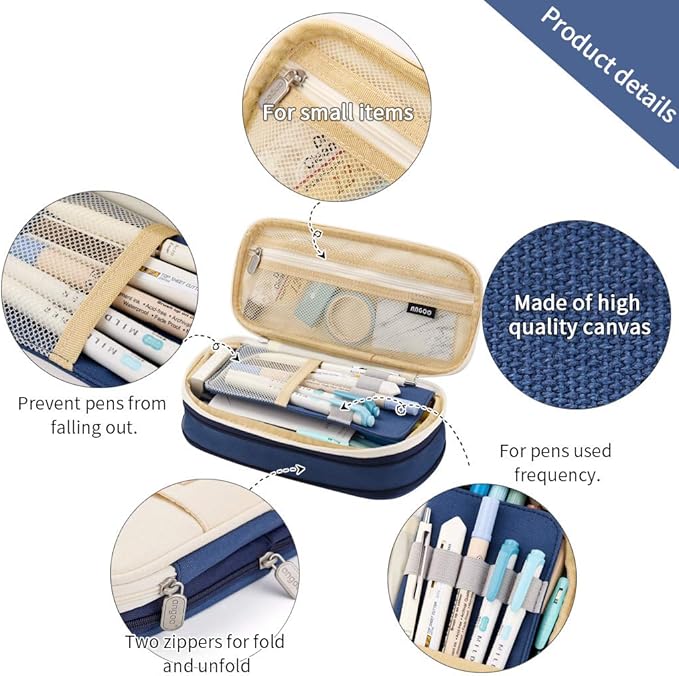
Budget Strategy: Build Once, Use Daily
A reliable case saves money because you stop rebuying lost tools. Start with the essentials, then upgrade the tools you touch most—your black pen, your highlighter pairing, your ruler. The shell does the heavy lifting; EASTHILL Big Capacity Pencil Pen case is built for daily friction, so the structure pays off every hour you’re in class or a study session.
Conclusion
A pencil case isn’t just a pouch; it’s the smallest piece of classroom infrastructure you carry. When it opens wide, sorts fast, and holds enough to handle your busiest days, your focus belongs to the lesson, not the search. Build zones, enforce the 10-second reset, keep an exam capsule on standby, and let your everyday trio live up front where your hands expect them. With a high-capacity, structured organizer like EASTHILL Big Capacity Pencil Pen case, your tools stay visible, your notes stay tidy, and your study time turns into real progress—day after day.
Shop EASTHILL Big Capacity Pencil Pen case
FAQ
- How big should a student pencil case be?
Choose a high-capacity organizer that opens wide and has internal pockets. It should fit your daily trio of pens, highlighters, ruler, and a few utilities without cramming. - What’s the fastest layout for everyday classes?
Keep your most-used pens on a quick-access rail, measure & tabs in one mesh pocket, erase & fix tools in another, and bulky items in the main compartment. - How do I prep for exam rules?
Build a slim “exam capsule” pouch with only approved tools (two pens, pencil, ruler, eraser, calculator if allowed). Swap it in on exam day. - How can I avoid leaks and stains?
Store liquids upright in a small sleeve, cap markers before zipping, and wipe the interior monthly to clear pencil dust. - What if I also do art projects?
Keep your core writing kit in the main case and carry a separate zip folio for markers and specialty tools so everyday organization stays intact. - How do I keep the case organized long-term?
Practice the 10-second reset at the end of each session—return the Writing Trio to the front, cap everything, and restock stickies. - Can a pencil case help my note-taking?
Yes. A predictable layout reinforces color coding and reduces decision time, which keeps you in writing flow. - Any teacher-specific tips?
Treat the case as a mobile station: add dry-erase markers, page flags, a compact stapler, and a few loaner pens for students.

